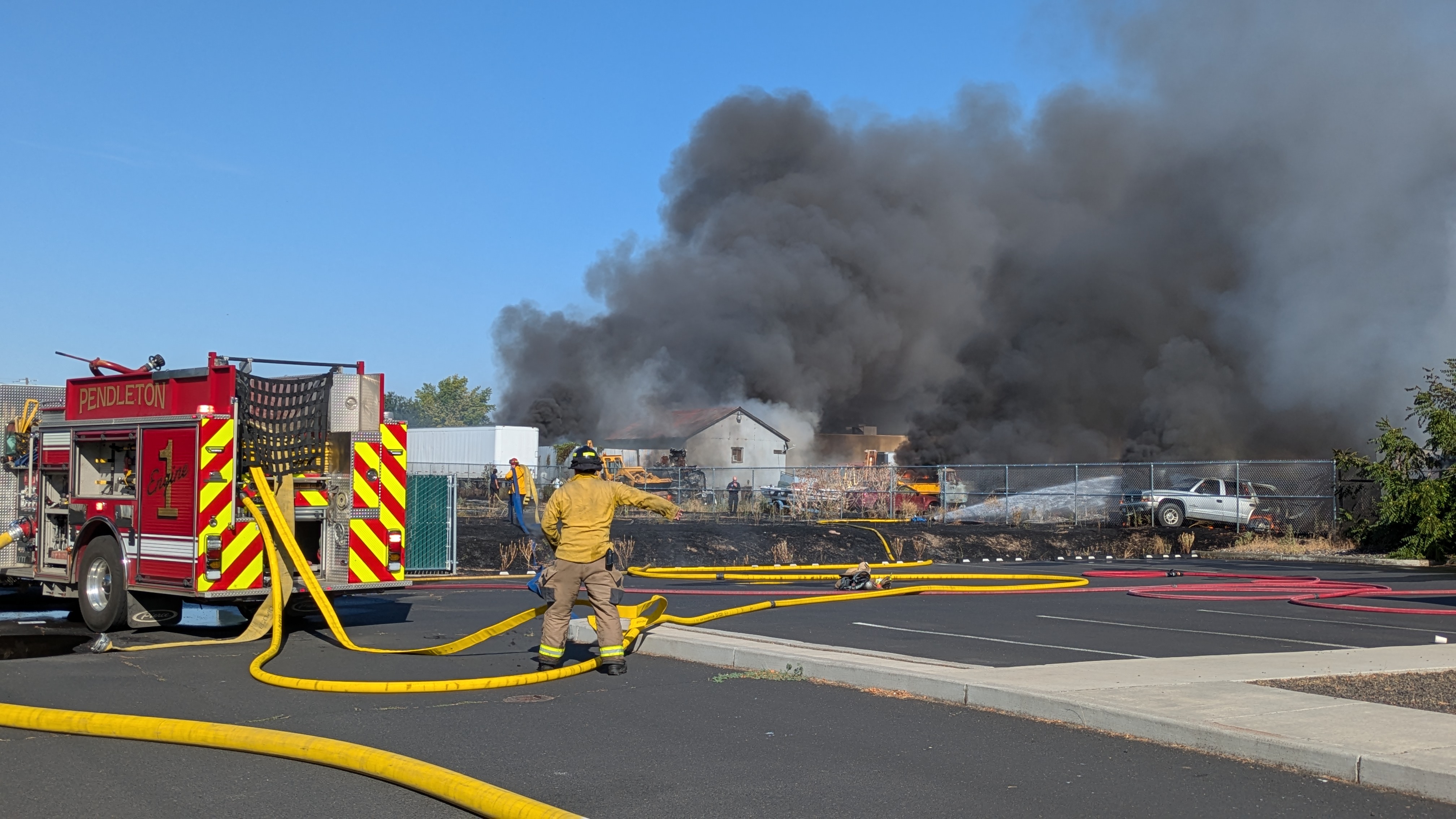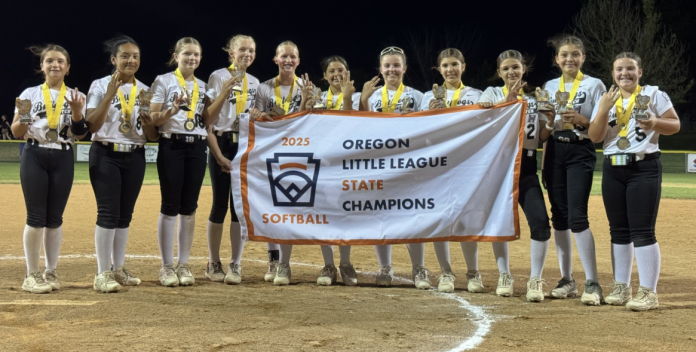Other Views: Insiders at Boardman. What does Morrow County lawsuit mean for other communities?
Published 6:32 am Thursday, July 24, 2025
In American politics of recent decades, private organizations, nonprofit and for-profit, often are held out as superior actors to their governmental counterparts when it comes to doing almost anything. For many political people, especially though not exclusively on the right, non-public preference is an article of faith.
Obviously, many and maybe most non-public organizations in fact do work well. But the dangers of bad action can open up easily when activities in the public interest operate in the shadows.

Randy Stapilus has researched and written about Northwest politics and issues since 1976 for a long list of newspapers and other publications. A former newspaper reporter and editor, and more recently an author and book publisher, he lives in Carlton.
The point turns up implicitly in the legal case Attorney General Dan Rayfield filed July 15 against a group of people in, of all places, the Boardman area.
Trending
The point here isn’t to prejudge the case, which so far consists of allegations but not verdicts. Given that, the scenario laid out in the case should give pause to Oregonians in many places at a time when local organizations of all kinds are coming under diminishing news reporting and other scrutiny. That this one came to the attention of the attorney general’s office at all — and bearing in mind that the suit has been filed seven years after the events at its core took place — might be its most surprising element.
The story stretches back to the work of the Greater Eastern Oregon Development Corp. (which has no direct connection to the new lawsuit), founded in 1982. It is a nonprofit corporation, now a 501(c)(3) set up to provide financing and other help for economic development in a vast area covering most of eastern Oregon.
In January 2001, as part of its economic development efforts, it crafted a plan to greatly expand internet access through the region, especially by way of strong high-capacity fiber optic networks. The most dramatic offshoot of that effort came in Morrow County, where a new non-profit was formed: The Inland Development Corp. Its history says that “in stepping to the forefront of these development activities, Inland Development has taken a leadership role in deploying broadband services to communities within eight Eastern Oregon counties, with plans to grow into and assist even more.” The nonprofit organization was set up to provide a broadly public service.
So far, so good.
Such growth, helpful as it has been to many people in the region, doesn’t just happen. In this case it happened with involvement by a group of organizations — the Port of Morrow at Boardman, Morrow County and Morrow Development Corp. – and people who work with those organizations. It was in the actions of some of the people, Rayfield alleges, that things took a bad turn.
Although Inland was created to bring broadband services to the area, it didn’t do that directly. Instead (according to the AG), in 2004 it formed a new for-profit corporation called Windwave, and “over time, Windwave became Inland’s sole service provider, installing and maintaining its fiber optic network in eastern Oregon.” This development, in which a non-profit became the shell for a for-profit group, appears to have drawn little attention or comment.
Trending
The direction of what happened next was led by four men (called “insiders” in the legal case), who served on the boards of both Inland and Windwave, and were leaders of the original supporting organizations (two were Port of Morrow commissioners, one was its general manager, and another was a Morrow County commissioner).
The filing said they “decided that they were interested in buying Windwave from Inland.” There doesn’t seem to have been any public offering of the for-profit; this appears to have been intended as a private transaction. The public relying on its internet service seems not to have been aware that their service, ostensibly run by a regional non-profit, was instead being sold off to four individuals.
The core of the state lawsuit had to do with the purchase price, which was about $2.6 million. It said that while the four “insiders” hired a Portland firm to value Windwave, they did not provide adequate information to properly value it, and based its value on the projection that Windwave’s business would be entering a period of decline instead of the explosion — because of the impending arrival of massive data centers to the Boardman area — that was just around the corner.
There’s some detail about this in the lawsuit. It notes that one of the four, “the General Manager of the Port of Morrow, a government entity that facilitated Amazon.com’s purchase of multiple land parcels where it intended to develop new data center sites in Morrow County. Two of the other Insiders, Marvin Padberg and Jerry Healy, attended Port of Morrow Commission closed executive sessions where Neal disclosed his non-public communications with Amazon.com representatives relating to Amazon.com’s plans to purchase land parcels in Morrow County.”
The damages the state is seeking amount to $6.9 million or the voiding of the Windwave sale. Rayfield’s office said “The insider sale of Windwave not only diverted public value into private hands but potentially undermined the long-term availability of affordable broadband for these essential services.”
So: Who really owns and operates the services where you live? What are the implications of that for you and your community?
How many other cases around Oregon might there be?










